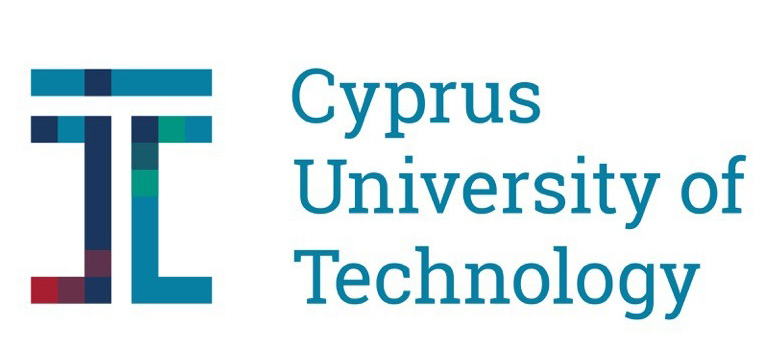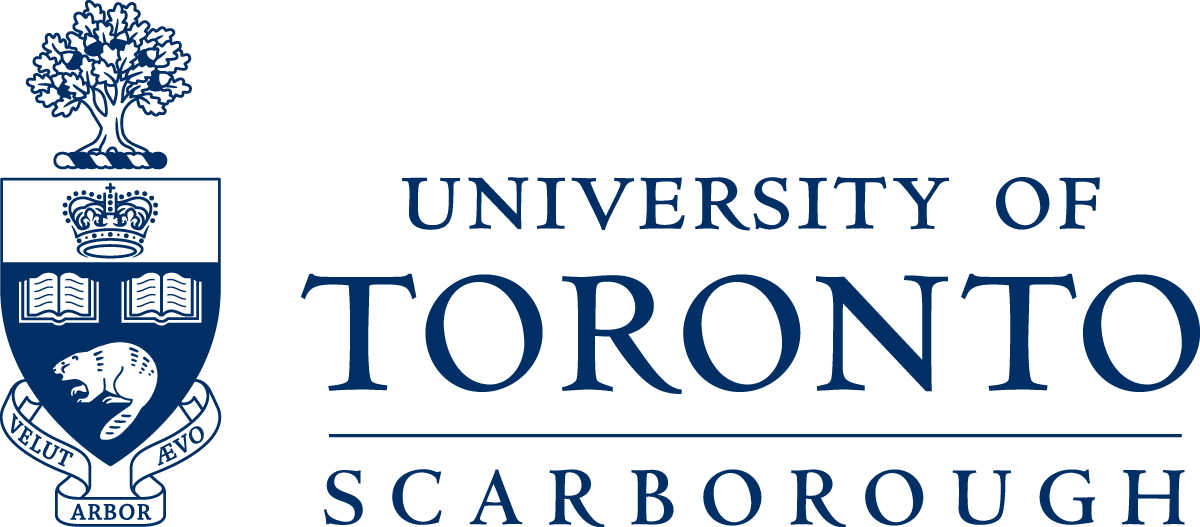Keynote Speaker

Dr Rachel Harding
Structural Genomics Consortium
University of Toronto
Biographical Sketch:
Dr Rachel Harding completed her PhD at the University of Oxford and now works as a postdoctoral fellow supervised by Prof. Cheryl Arrowsmith at the Structural Genomics Consortium, University of Toronto. Funded by the CHDI, Dr Harding's research focuses on Huntington's disease (HD). Since February 2016, Dr Harding has been keeping an open lab notebook for her HD lab project through the blog labscribbles.com and the data repository Zenodo. By sharing data widely and more quickly than is normally done in biomedical science, Dr Harding hopes to catalyze research on this disease.
Click the following link for more details
http://labscribbles.com/
Title:
Open science and accelerating discovery in rare and neglected diseases
New medicines for many diseases, in particular neurodegenerative disorders, are not forthcoming, despite patient demands and billions of dollars spent on biomedical research in laboratories throughout the world. The reasons why the research community is struggling to develop such therapies to meet patient demand are complex and multifaceted. The way in which research output is disseminated to the wider scientific community has been identified as a key problem area by many biomedical researchers.
Traditional publishing methods in the biomedical sciences are fraught with problems. The well-documented publication bias issue, leads to the preferential publication of "positive" data and complete research stories, not reflecting the true breadth of academic output. The publishing process itself is generally slow with often long timeframes between manuscript submission, review and acceptance. Manuscripts are often accepted by journals, reporting only polished results with no commitment for the researchers to share or deposit raw data or code for the readers of their paper. In a bid to chase increasingly shrinking research grants and positions, researchers aim to publish in journals held in high esteem by their peers, funding agencies and departmental tenure panels, which whilst appearing "glamourous", often have substantial fees for publication, subscription and double-dip pricing structures for open access. Beyond rigorous changes to the traditional publishing system, there are alternate communication strategies which may alleviate some of these issues to provide fast, inclusive, inexpensive, transparent and open dissemination of research and data.
Preprints have been a viable self-archiving system in some disciplines for more than 20 years, working synergistically with traditional publication systems and other forms of scientific communication. Released on specialist platforms prior to journal submission, preprints allow fast communication of research findings in an open access and unbiased fashion. Now popular in a wide-range of subject areas, preprint servers are rapidly growing in number as are the number of articles which are self-archived by their authors prior to publication. Whilst allowing fast communication of research findings to peers, preprint servers still primarily publish traditional manuscript formats and deposition of associated data is not obligatory.
In parallel to the rise of preprints, many researchers are in fact depositing both raw and analyzed data sets, associated with manuscripts or independently accumulated, a trend which has grown during a time when the reliability and credibility of scientific findings has been drawn into question. Many researchers now publish the data generated within their investigations in a bid to improve transparency as well as allowing secondary analysis by interested parties for posterity. Repositories exist for both specialist as well as broad interests and generally allow the archiving of almost any digital output from researchers.
However, many experimental findings still elude publication of any kind for various reasons. These include failing to complete the research project or story within the time-frame of funding, having "negative" or contradictory data to the field dogma as well as struggling to resolve difficult methodological issues. The incentive to invest time publishing these types of projects within a traditional framework is low given the poor returns in the value added to a researcher's profile and possible negative impact on a researcher's reputation. None-the-less, these outputs include important findings which can be useful to other researchers in the field.
As a postdoctoral fellow at the Structural Genomics Consortium (SGC), my particular research focus is Huntington's disease (HD), a devastating inherited neurodegenerative disease with limited therapies available for symptom alleviation and no cures. The focus of my project is to understand how the underlying genetic mutation of HD, the hallmark of the disease, gives rise to the disease phenotype seen in patients using structural biology methods. Very little evidence of similar research is available in the literature despite anecdotal evidence that similar projects have been pursued in both academic and industrial labs. In an effort to accelerate research and innovate within this field, I am writing up all of my findings in close to real-time in an open notebook using the data repository Zenodo in combination with my blog, labscribbles.com. I hope that by sharing all data generated for this project freely, honestly, effectively and efficiently within the field, to generate an online international team of scientists who can critique my research, offer suggestions for future experiments as well as collaborate on certain aspects of the project to try and reach our common research goals as quickly as possible. To date this project has resulted in numerous open collaborations being established both within the HD field and beyond, resulting in faster progression towards research milestones. I am now working to establish a portal by which I can freely share reagents generated in the course of this project in addition to the data to the scientific community.
The SGC is now considering adopting the open notebook concept for other rare disease projects. These ventures would likely have common goals, to establish an openly shared tool-box of reagents and data as a starting platform for fellow and future researchers to use to continue research in specific disease areas. In under-studied fields where researchers lack the risk of being scooped, an open notebook would be an excellent resource to the field with minimal risk to the researcher generating the data.
In the last year, the SGC launched its target enabling package (TEP) scheme. This initiative is built upon the recognition that genetic data is a good starting point for understanding certain diseases, but is insufficient alone to propel a translational project in drug discovery or even deeper understanding of the drug target or disease. As such, TEPs generated by the SGC will provide a critical mass of reagents and knowledge on a given protein target, the aim of which is to allow rapid biochemical and chemical exploration as well as characterization of proteins with genetic linkage to key disease areas. The primary goal is to accelerate drug discovery for these new targets with a fast, open access approach. All data and reagents generated as part of a TEP are shared without restriction with interested parties, even prior to formal publication.
In embarking on my open access endeavors, I have been fortunate to have the full support of the SGC, in whose labs I am based, as well as the CHDI Foundation, who have generously funded this work. In particular, I have appreciated the mentorship of Aled Edwards, Cheryl Arrowsmith and Leticia Toledo-Sherman.














